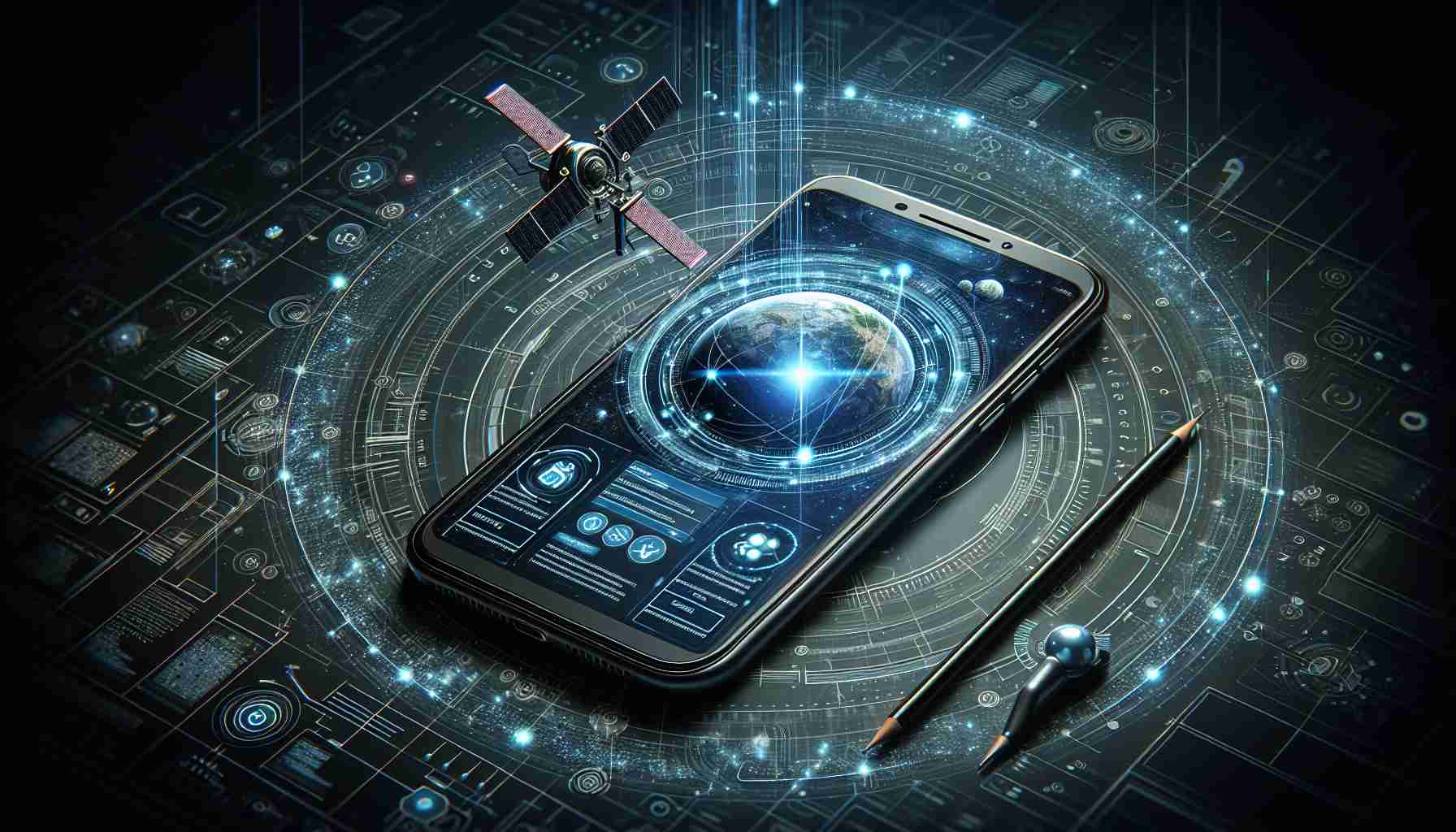Apple is set to revolutionize mobile communication with an upcoming feature for iPhone users allowing them to send texts via satellite when traditional networks are unavailable. This innovation is among the highlights anticipated in iOS 18, as presented in Apple’s yearly WWDC event.
Future of Messaging in Remote Locations
Countering the constraints of terrestrial communication networks, the satellite messaging capability will enable iPhone owners to keep in touch in the most remote areas. This function will support both Apple’s native iMessage and standard SMS texts. Envision reaching out to loved ones during a mountain hike or while in a secluded retreat, without the requirement for a conventional signal.
Apple’s senior director of platform marketing offered insights into how seamless the process would be for users. A lock-screen notification will emerge on the iPhone when it detects an absence of Wi-Fi or cellular connection, advising users to establish a satellite connection. The system will then direct users on how to properly align their device with a satellite to maintain the communication line, ensuring that messages can be sent and received as usual.
The integrated system in iOS 18 also includes sharing your location via Find My, seeking roadside assistance, and contacting emergency services, all independent of terrestrial networks.
Understanding the Operational Nuances
The differentiation in rules for iMessage and SMS aims to avoid a potential overloading of the satellite service, stemming from the vast volume of non-critical automated SMS contents. Users must initiate SMS-based conversations proactively. As technology progresses, however, the much-touted Rich Communication Services (RCS) mode is not yet accommodated through this satellite service due to technical constraints on message size.
Initially available on the iPhone 14 series and geared towards US customers at launch, the feature is slated for global expansion over time. Apple has been generous to offer this service free of charge during its introductory phase, although plans to monetize the feature have been hinted at for the future.
The Most Important Questions and Answers:
What is the revolutionary satellite texting feature for iPhones?
The feature allows iPhone users to send texts via satellite when there is no traditional Wi-Fi or cellular connection available. This innovation will be part of iOS 18.
How does the satellite texting feature work?
When the iPhone detects an absence of traditional connectivity, it prompts the user to establish a satellite connection. Instructions will guide the user on aligning their device with a satellite.
What unique capabilities does the system offer?
Apart from messaging, it allows for location sharing via Find My, seeking roadside assistance, and contacting emergency services without the need for terrestrial networks.
Key Challenges or Controversies:
The main challenges include:
– Overcoming technical limitations such as message size to integrate advanced messaging services like RCS.
– Managing the potential overloading of the satellite service due to high volumes of non-critical or automated content.
– The requirement for user alignment with satellites may present usability challenges in certain situations or for certain users.
Possible controversies could involve privacy concerns and the management of the data transmitted via satellite, considering Apple’s strong position on user privacy.
Advantages and Disadvantages:
Advantages:
– The ability to communicate in areas without traditional network coverage significantly benefits travelers and people in remote locations.
– Enhances safety by enabling emergency contacts even in isolated areas.
– The introduction of the feature without extra charges (initially) makes it accessible to more users.
Disadvantages:
– The feature is initially limited to newer iPhone models and U.S. customers, thus having limited initial reach.
– Aligning the phone with a satellite could be cumbersome and may not always be intuitive or possible, depending on circumstances.
– The future monetization of the feature could make it less accessible.
To learn more about Apple and its products, you can visit their official website at Apple.
